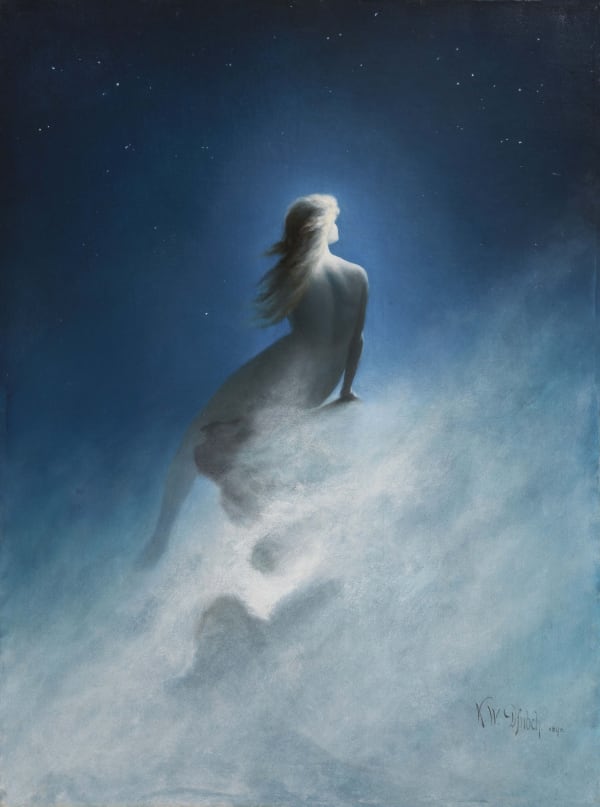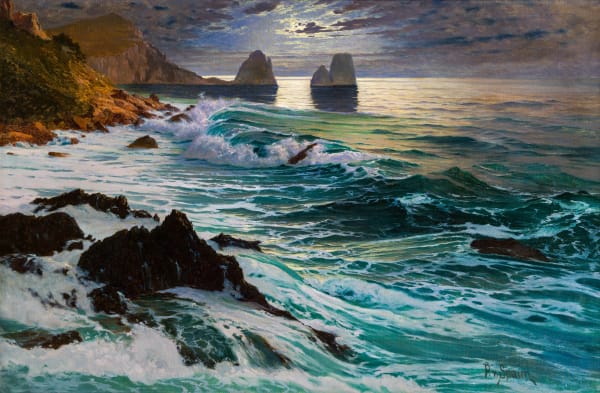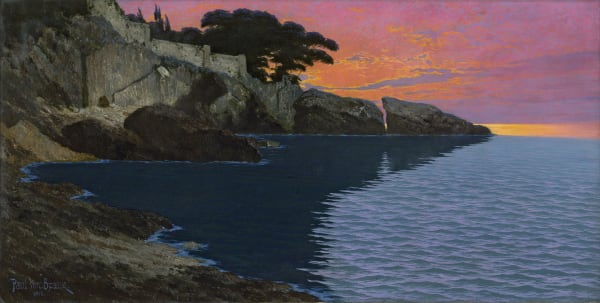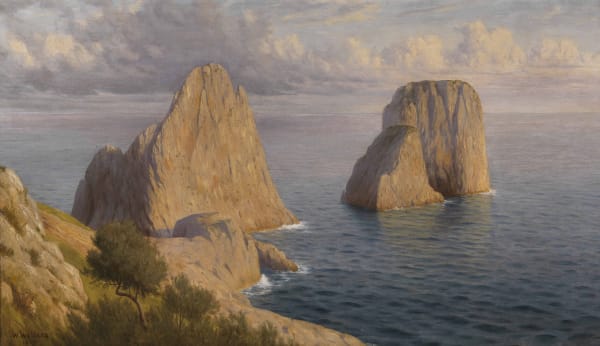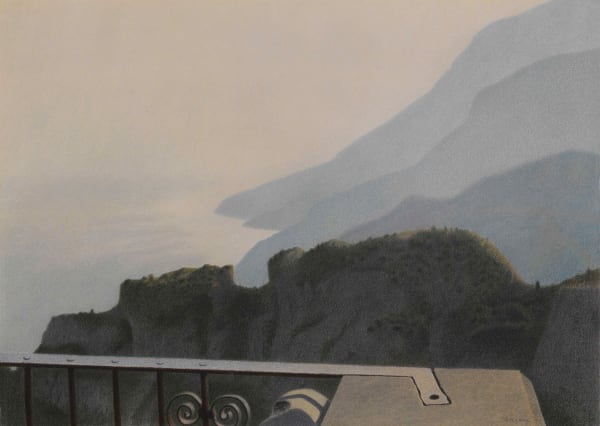CAPRI. The island that inspired artists
Join the mailing list
Subscribe to our newsletter to receive all the news about exhibitions, fairs and new acquisitions!

Subscribe to our newsletter to receive all the news about exhibitions, fairs and new acquisitions!



Karl Wilhelm Diefenbach (Hadamar 1851 – Capri 1913), catalogue of an exhibition held at the Galleria Emporio Floreale, Rome 1979, p. 12.
Born in 1851 in Hadamar, in the Grand Duchy of Hesse and by Rhine, Diefenbach moved to Munich in 1872 where he enrolled at the Academy of Art. The artist’s life was a constant tussle against the constraints and contradictions of his homeland’s bourgeois society, and he was to become one of the chief representatives of nudism, vegetarianism, and naturism in an incessant search for a primitive, primordial religiosity aimed at rediscovering the archaic relationship between Man and Nature. His unconventional philosophy of life would become a model for the founding in the early 20th century of the Community of Monte Verità [“Mountain of Truth”] near Ascona in the Canton of Ticino (Switzerland), where intellectuals and artists from all over Europe shared a lifestyle far-removed from the political and social context of the time, one which allowed them to enjoy a spiritual and intellectual freedom in perfect harmony with nature. In the early years of the 20th century, to escape the attacks of the press and bourgeois bigotry of the time, Diefenbach left Germany. He was to stay for short periods around Lake Garda, then in Cairo, and Trieste. In 1900, the artist settled on the island of Capri. Here he found his ideal dimension, leading the life of a primitive native.
These are large canvases painted with colours which are sometimes bright, other times gloomy, and they represent mythical places on the island in an unreal way, landscapes made arcane by a sense of solitude, and mystical or symbolic scenes.
In the painting presented here, the artist has depicted The Villa of Tiberius on Capri, known as “Villa Jovis”, built in the first century AD by the Roman Emperor Tiberius on the easternmost promontory of the island, Mount Tiberius, at 334 metres above sea level. Its lofty location affords a view of the islands of Ischia and Procida, the Gulf of Naples, the Sorrento peninsula, and then the Gulf of Salerno as far as the lands of Cilento.
From here and from his other villas on the island of Capri, Tiberius Julius Caesar Augustus ruled the Empire for over eleven years.
In the painting, an intense, otherworldly light cuts out the profile of the building standing on the coast. Almost vision-like, the villa emerges from the promontory swathed in dark flaming brushstrokes and lit by a dawning glow, as if, on that mountain, only it was able to catch the rays of the sun and escape the darkness. The tones ranging from scorched earth colours to reds, and the smoky effect of the dark shadows along with the strong variations in light, magnify the strongly theatrical atmosphere of the scene.
